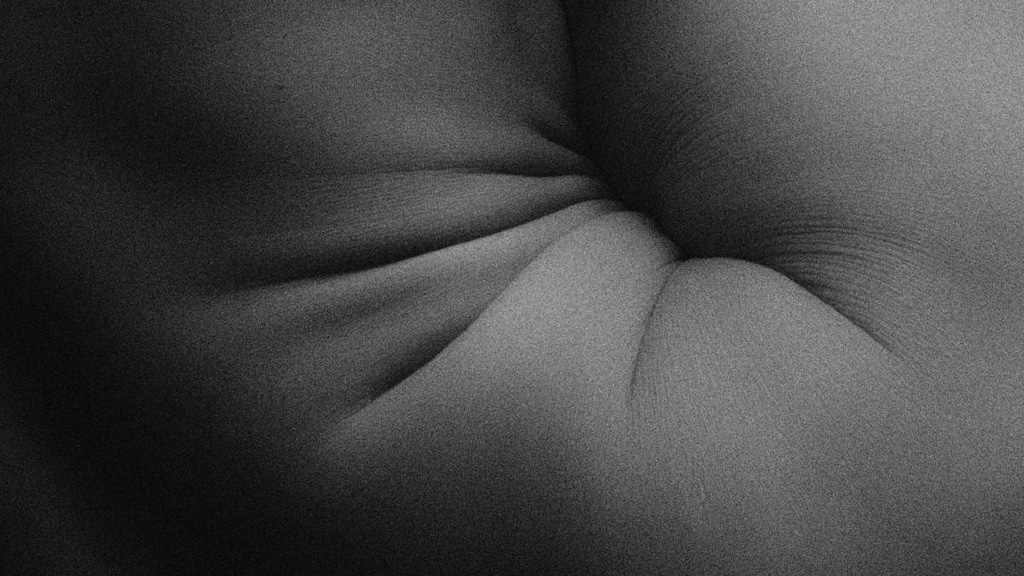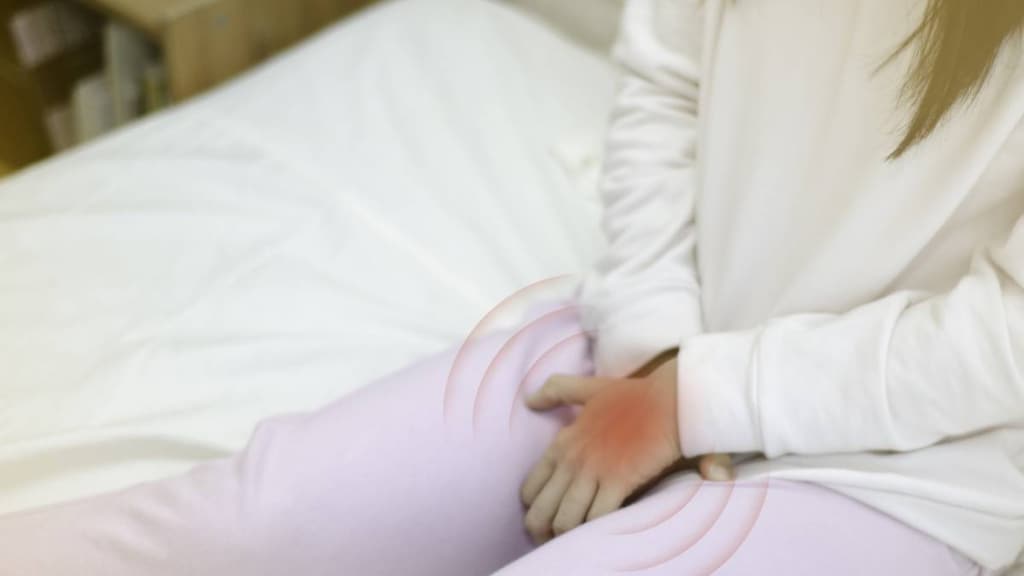Dosage Forms
Excipient information presented when available (limited, particularly for generics); consult specific product labeling. [DSC] = Discontinued product
Aerosol, External, as nitrate:
Lotrimin AF: 2% (150 g)
Aerosol Powder, External, as nitrate:
Cruex Prescription Strength: 2% (85 g)
Desenex Jock Itch: 2% (113 g)
Lotrimin AF Deodorant Powder: 2% (133 g)
Lotrimin AF Jock Itch Powder: 2% (133 g)
Lotrimin AF Powder: 2% (133 g)
Cream, External, as nitrate:
Antifungal: 2% (14 g, 28 g, 42.5 g) [contains benzoic acid]
Antifungal: 2% (113 g, 198 g) [contains cetyl alcohol, methylparaben, propylene glycol, propylparaben]
Baza Antifungal: 2% (4 g [DSC], 57 g [DSC], 142 g [DSC])
Carrington Antifungal: 2% (141 g) [contains disodium edta, methylparaben, propylene glycol, propylparaben]
Cavilon: 2% (56 g, 141 g) [latex free; contains disodium edta, methylparaben, propylene glycol, propylparaben]
Micaderm: 2% (30 g)
Micatin: 2% (14 g) [contains benzoic acid]
Miconazole Antifungal: 2% (30 g) [contains edetate disodium, ethylparaben, trolamine (triethanolamine)]
Podactin: 2% (28.35 g) [contains benzoic acid]
Remedy Antifungal: 2% (118 mL) [contains methylparaben, propylparaben, trolamine (triethanolamine)]
Secura Antifungal: 2% (57 g [DSC]) [contains cetearyl alcohol, methylparaben, propylparaben]
Secura Antifungal Extra Thick: 2% (92 g [DSC]) [contains cetearyl alcohol, methylparaben, propylparaben]
Soothe & Cool INZO Antifungal: 2% (56.7 g, 141.7 g)
Generic: 2% (15 g, 28.4 g [DSC], 30 g)
Cream, Vaginal, as nitrate:
Miconazole 7: 2% (45 g) [contains benzoic acid]
Generic: 2% (45 g)
Kit, External, as nitrate:
Fungoid Tincture: 2% [DSC] [contains benzyl alcohol]
Kit, Vaginal, as nitrate:
GoodSense Miconazole 1: Cream, topical: 2% (9 g) and Suppository, vaginal: 1200 mg [contains benzoic acid]
Miconazole 3 Combo Pack: Cream, topical: 2% (9 g) and Suppository, vaginal: 200 mg (3s)
Miconazole 3 Combo Pack: Cream, topical: 2% (9 g) and Suppository, vaginal: 200 mg (3s) [contains benzoic acid]
Vagistat-3: Cream, topical: 2% (9 g) and Suppository, vaginal: 200 mg (3s) [DSC] [contains benzoic acid]
Ointment, External, as nitrate:
Aloe Vesta Antifungal: 2% (56 g, 141 g)
Aloe Vesta Clear Antifungal: 2% (56 g, 141 g) [dye free, fragrance free]
Critic-Aid Clear AF: 2% (4 g [DSC], 57 g [DSC], 142 g [DSC])
DermaFungal: 2% (113 g)
Remedy Antifungal Clear: 2% (71 g) [contains soybean oil]
Remedy Phytoplex Antifungal: 2% (71 g) [paraben free; contains soy protein hydrolysate]
Triple Paste AF: 2% (28.7 g, 56.7 g) [contains polysorbate 80]
Powder, External, as nitrate:
Desenex: 2% (43 g, 85 g)
Lotrimin AF: 2% (90 g)
Micro Guard: 2% (85 g [DSC])
Remedy Antifungal: 2% (85 g)
Remedy Antifungal: 2% (85 g [DSC]) [talc free; contains methylparaben]
Remedy Phytoplex Antifungal: 2% (85 g) [paraben free; contains sodium benzoate, soy protein]
Zeasorb-AF: 2% (71 g)
Zeasorb-AF: 2% (71 g [DSC]) [starch free]
Solution, External, as nitrate:
Azolen Tincture: 2% (29.57 mL) [contains benzyl alcohol, isopropyl alcohol]
Fungoid Tincture: 2% (29.57 mL) [contains benzyl alcohol]
Suppository, Vaginal, as nitrate:
Miconazole 7: 100 mg (7 ea)
Miconazole 3: 200 mg (3 ea)
Generic: 100 mg (7 ea [DSC])
Pharmacology
Mechanism of Action
Inhibits biosynthesis of ergosterol, damaging the fungal cell wall membrane, which increases permeability causing leaking of nutrients
Pharmacokinetics/Pharmacodynamics
Absorption
Topical: Negligible; Vaginal: Small amount absorbed systemically
Distribution
Into body tissues, joints, and fluids; poor penetration into sputum, saliva, urine, and CSF
Metabolism
In the liver
Excretion
Feces (~50%); urine (<1%, unchanged)
Half-Life Elimination
Multiphasic degradation: Alpha: 40 minutes; Beta: 126 minutes; Terminal: 24 hours
Protein Binding
91% to 93%
Use: Labeled Indications
Treatment of vulvovaginal candidiasis and a variety of skin and mucous membrane fungal infections
Contraindications
Hypersensitivity to miconazole or any component of the formulation
Dosage and Administration
Dosing: Adult
Tinea corporis: Topical: Apply twice daily for 4 weeks
Tinea pedis: Topical: Apply twice daily for 4 weeks
Effervescent tablet: Dissolve 1 tablet in ~1 gallon of water; soak feet for 15 to 30 minutes; pat dry
Tinea cruris: Topical: Apply twice daily for 2 weeks
Vulvovaginal candidiasis: Intravaginal:
Cream, 2%: Insert 1 applicatorful at bedtime for 7 days
Cream, 4%: Insert 1 applicatorful at bedtime for 3 days
Suppository, 100 mg: Insert 1 suppository at bedtime for 7 days
Suppository, 200 mg: Insert 1 suppository at bedtime for 3 days
Suppository, 1,200 mg: Insert 1 suppository (a one-time dose); may be used at bedtime or during the day
Note: Many products are available as a combination pack, with a suppository for vaginal instillation and cream to relieve external symptoms. External cream may be used twice daily, as needed, for up to 7 days.
Dosing: Geriatric
Refer to adult dosing.
Dosing: Pediatric
Dermatologic infection, superficial: Children ≥2 years and Adolescents: Ointment: Topical: Apply to affected area twice daily
Tinea pedis: Children ≥2 years and Adolescents: Topical cream, spray, powder, aerosol powder, ointment, or solution: Topical: Apply twice daily for 4 weeks
Tinea corporis: Children ≥2 years and Adolescents: Topical cream, spray, powder, aerosol powder, ointment, or solution: Topical: Apply twice daily for 4 weeks
Tinea cruris: Children ≥2 years and Adolescents: Topical cream, spray, powder, aerosol powder, ointment, or solution: Topical: Apply twice daily for 2 weeks
Vulvovaginal candidiasis: Children ≥12 years and Adolescents: Intravaginal:
Cream 2%: Insert 1 applicatorful (100 mg) at bedtime for 7 consecutive days
Cream 4%: Insert 1 applicatorful (200 mg) at bedtime for 3 consecutive days
Suppository, 100 mg: Insert 1 suppository at bedtime for 7 days
Suppository, 200 mg: Insert 1 suppository at bedtime for 3 days
Suppository, 1,200 mg: Insert 1 suppository (a one-time dose); may be used at bedtime or during the day
Note: Many products are available as a combination pack (contains a suppository for vaginal instillation and external cream which is applied twice daily for up to 7 days to relieve external symptoms).
Storage
Store at room temperature.
Drug Interactions
Progesterone: Antifungal Agents (Vaginal) may diminish the therapeutic effect of Progesterone. Avoid combination
Vitamin K Antagonists (eg, warfarin): Miconazole (Topical) may increase the serum concentration of Vitamin K Antagonists. Consider therapy modification
Adverse Reactions
Frequency not defined.
Topical:
Dermatologic: Allergic contact dermatitis, burning sensation of skin, maceration of skin
Vaginal:
Gastrointestinal: Abdominal cramps
Genitourinary: Vulvovaginal burning, vulvovaginal irritation, vulvovaginal pruritus
Warnings/Precautions
Concerns related to adverse effects:
- Irritation: Discontinue if sensitivity or irritation occurs.
Special populations:
- Pediatric: Topical products are not for self-medication (OTC use) in children <2 years of age; vaginal products are not for OTC use in children <12 years of age.
Dosage form specific issues:
- Benzyl alcohol and derivatives: Some dosage forms may contain benzyl alcohol and/or sodium benzoate/benzoic acid; benzoic acid (benzoate) is a metabolite of benzyl alcohol; large amounts of benzyl alcohol (≥99 mg/kg/day) have been associated with a potentially fatal toxicity (“gasping syndrome”) in neonates; the “gasping syndrome” consists of metabolic acidosis, respiratory distress, gasping respirations, CNS dysfunction (including convulsions, intracranial hemorrhage), hypotension, and cardiovascular collapse (AAP ["Inactive" 1997]CDC, 1982); some data suggests that benzoate displaces bilirubin from protein binding sites (Ahlfors, 2001); avoid or use dosage forms containing benzyl alcohol and/or benzyl alcohol derivative with caution in neonates. See manufacturer’s labeling.
- Fungoid tincture: Patients with diabetes, circulatory problems, renal or hepatic dysfunction should contact healthcare provider prior to self-medication (OTC use).
- Petrolatum-based: Vaginal products are petrolatum-based and may damage rubber or latex condoms or diaphragms; separate use by 3 days.
- Vaginal products: Consult with healthcare provider prior to self-medication (OTC use) if experiencing vaginal itching/discomfort, lower abdominal pain, back or shoulder pain, chills, nausea, vomiting, foul-smelling discharge, if this is the first vaginal yeast infection, or if exposed to HIV. Contact healthcare provider if symptoms do not begin to improve after 3 days or last longer than 7 days. May damage condoms or diaphragms.
Other warnings/precautions:
- Appropriate use: For topical use only; avoid contact with eyes.
Pregnancy
Pregnancy Considerations
Following vaginal administration, small amounts are absorbed systemically (Stevens 2002). Vaginal topical azole products (7-day therapies only) are the preferred treatment of vulvovaginal candidiasis in pregnant women. Vaginal products may weaken latex condoms and diaphragms (CDC [Workowski 2015]).
Patient Education
What is this drug used for?
All skin products:
- It is used to treat fungal infections of the skin.
All vaginal products:
- This drug is used to treat vaginal yeast infections.
Frequently reported side effects of this drug
- Burning
- Abdominal cramps
Other side effects of this drug: Talk with your doctor right away if you have any of these signs of:
- Severe skin irritation
- Severe vaginal irritation
- Severe abdominal pain
- Nausea
- Vomiting
- Foul-smelling vaginal discharge
- Signs of a significant reaction like wheezing; chest tightness; fever; itching; bad cough; blue skin color; seizures; or swelling of face, lips, tongue, or throat.
Note: This is not a comprehensive list of all side effects. Talk to your doctor if you have questions.
Consumer Information Use and Disclaimer: This information should not be used to decide whether or not to take this medicine or any other medicine. Only the healthcare provider has the knowledge and training to decide which medicines are right for a specific patient. This information does not endorse any medicine as safe, effective, or approved for treating any patient or health condition. This is only a brief summary of general information about this medicine. It does NOT include all information about the possible uses, directions, warnings, precautions, interactions, adverse effects, or risks that may apply to this medicine. This information is not specific medical advice and does not replace information you receive from the healthcare provider. You must talk with the healthcare provider for complete information about the risks and benefits of using this medicine.



